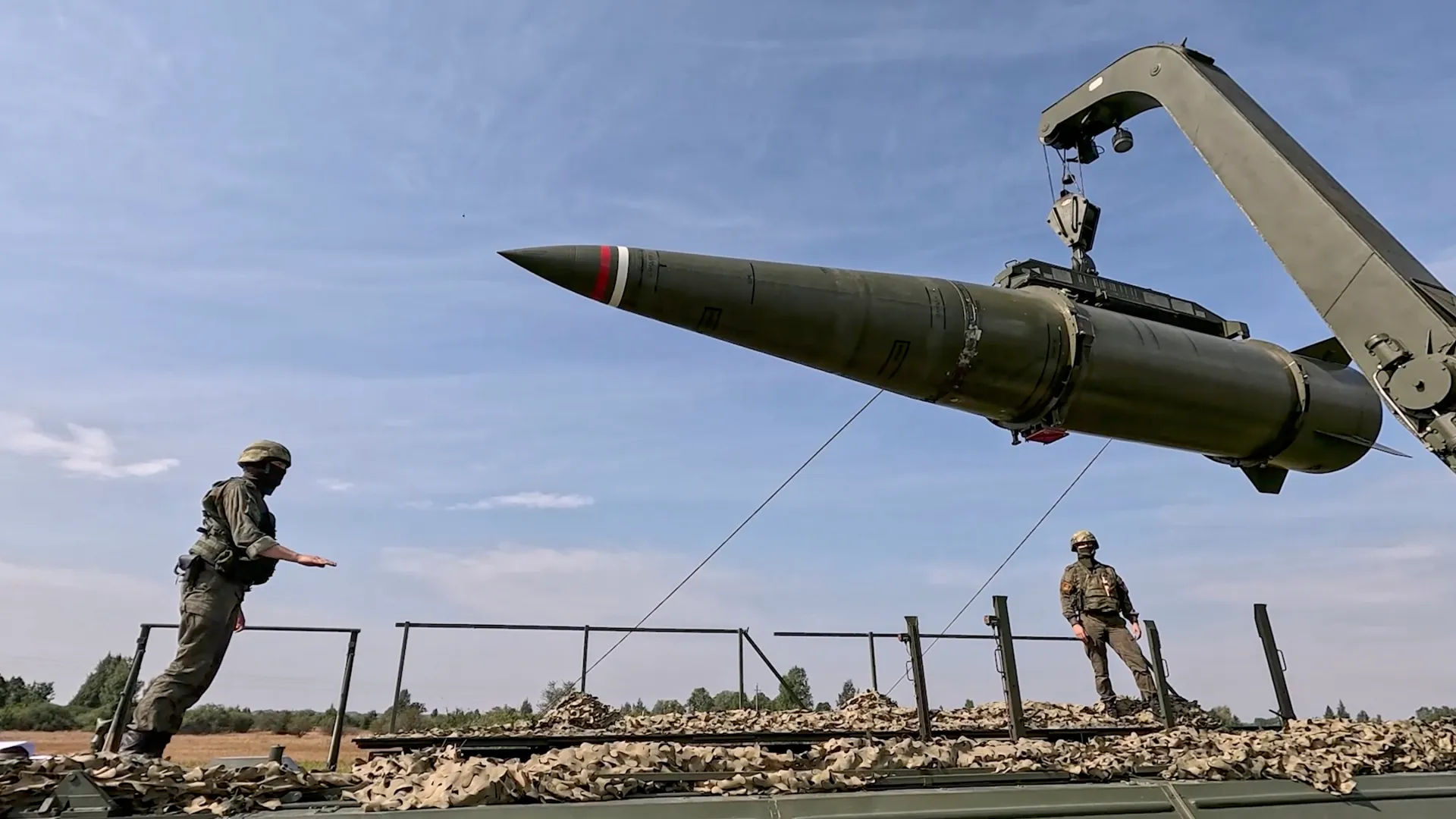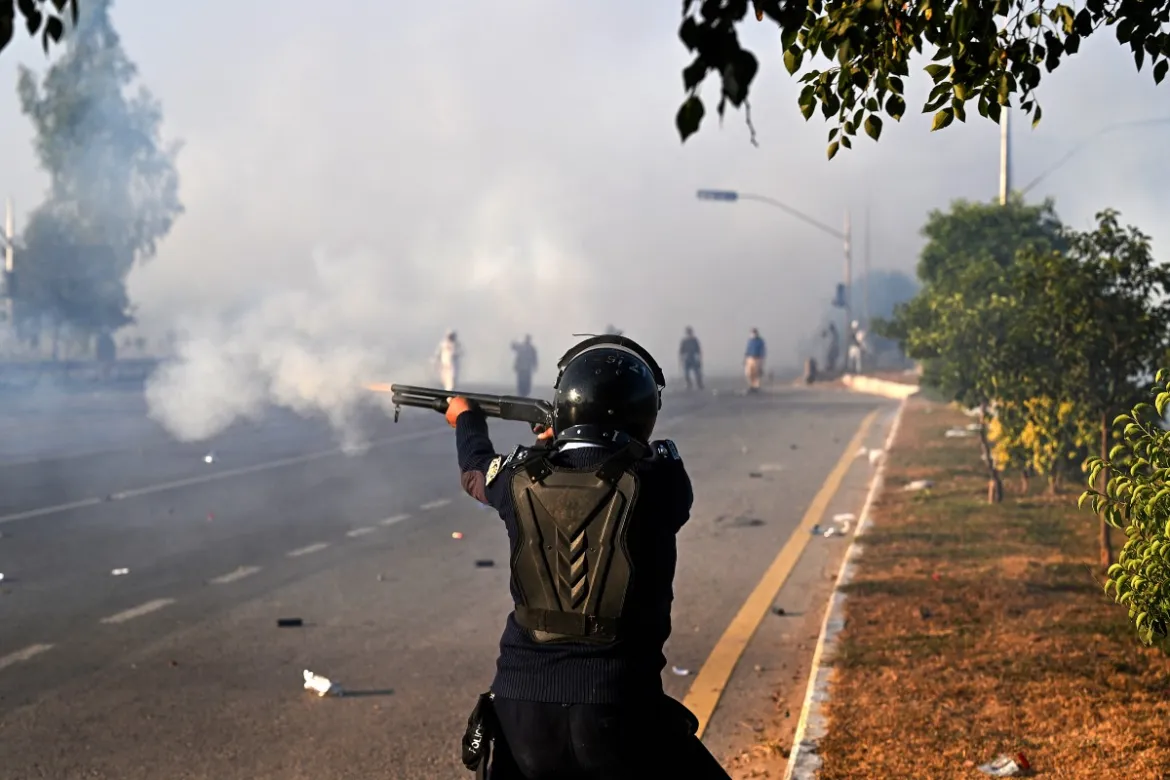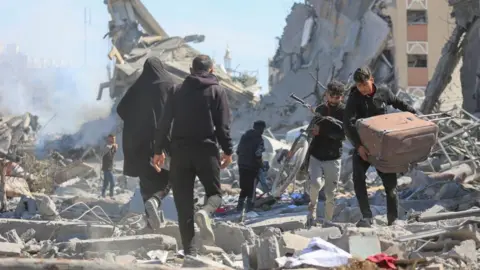In a devastating maritime tragedy off the coast of Libya, more than 50 Sudanese refugees lost their lives when the boat they were traveling on caught fire. The vessel, carrying around 75 people, was en route from Libya—a known transit hub for migrants attempting to reach Europe—when the blaze erupted on Sunday, September 14, 2025.
- The Tragic Incident
- The Broader Context: Migration and Refugee Crisis
- International Response and Calls for Action
- Personal Stories: Voices from the Sea
- The Humanitarian Crisis in Numbers
- Frequently Asked Questions
- What caused the fire on the vessel carrying Sudanese refugees?
- What measures are being taken to prevent similar tragedies?
- How can people help refugees affected by such disasters?
- What role does Europe play in the Mediterranean migration crisis?
- What long-term solutions exist for the refugee crisis?
- Conclusion
By Tuesday, authorities confirmed that 24 survivors had been rescued and were receiving urgent medical care. This heartbreaking incident highlights the extreme dangers faced by refugees forced to flee conflict and instability in pursuit of safety and opportunity.
The Tragic Incident
The Fire and Its Aftermath
Reports indicate that the boat was overcrowded with Sudanese refugees escaping ongoing conflict and humanitarian crises in their homeland. When the fire broke out, panic ensued, and many passengers were trapped, unable to escape in time. Rescue teams managed to save 24 people, but the majority perished before help could reach them. International humanitarian agencies have called for immediate measures to prevent such tragedies, emphasizing the need for safer migration routes and emergency assistance for vulnerable populations.
Libya as a Transit Point
Libya has become a major hub for migrants and refugees from sub-Saharan Africa and the Middle East attempting to reach Europe. Since the collapse of the Libyan government following the fall of Muammar Gaddafi in 2011, the country has faced prolonged political instability, which has allowed human trafficking and smuggling networks to flourish. Millions of migrants reside in Libya under precarious conditions, with many forced into dangerous journeys across the Mediterranean to escape conflict, poverty, and persecution.
The Broader Context: Migration and Refugee Crisis
The Mediterranean: A Deadly Route
The Mediterranean Sea remains one of the most perilous migration routes globally. Thousands of refugees attempt the crossing each year in overcrowded, unseaworthy vessels. In 2024 alone, over 2,400 migrants or refugees either died or went missing during these treacherous journeys. Migrants often pay smugglers exorbitant fees, risking their lives on unsafe boats with minimal safety equipment. Restrictive migration policies and limited search and rescue operations further compound these risks, leaving vulnerable populations exposed to catastrophe.
The Human Cost of Conflict in Sudan
Sudan’s ongoing conflicts, particularly in regions like Darfur, have displaced millions of people. The United Nations estimates that more than four million Sudanese have been internally displaced, with many seeking refuge in neighboring countries or attempting to reach Europe. Widespread food insecurity, limited access to healthcare, and persistent violence compel people to embark on dangerous migration journeys, often with no guaranteed safety at their destination.
International Response and Calls for Action
Humanitarian Agencies’ Appeal
International organizations have expressed grave concern over the rising fatalities among migrants attempting to cross the Mediterranean. Agencies emphasize the urgent need for enhanced search and rescue operations, safe migration pathways, and measures that address the root causes of displacement, including conflict and human rights violations. The tragic fire off Libya’s coast has renewed calls for global cooperation to protect refugees and prevent further loss of life.
European Union’s Role
The European Union has implemented policies aimed at controlling migration flows, including enhanced border management and stricter regulations on asylum seekers. Critics argue that these policies have inadvertently increased the risks faced by refugees, pushing them toward dangerous routes and relying on smugglers. Advocates call for a more humanitarian approach, emphasizing legal migration channels, refugee protection, and international collaboration to address the root causes of displacement.
Personal Stories: Voices from the Sea
Survivor Accounts
Survivors of maritime disasters often recount terrifying experiences. One survivor of a previous shipwreck described being trapped among dozens of people in an overcrowded vessel with no life jackets as flames spread rapidly. The chaos, panic, and desperation in such situations leave indelible scars on those who live to tell their stories.
The Journey of Hope
For many refugees, crossing the Mediterranean represents a desperate hope for safety and a better life. A young Sudanese refugee recounted leaving everything behind, including family and home, knowing that the journey was fraught with danger, but realizing that staying in Sudan could mean death. These accounts reflect both the vulnerability and remarkable resilience of individuals fleeing war and persecution.
The Humanitarian Crisis in Numbers
- Over 4 million: Estimated number of displaced individuals within Sudan due to ongoing conflict.
- Over 2,400: Migrants or refugees who died or went missing in the Mediterranean in 2024.
- Hundreds of thousands: Migrants residing in Libya under precarious conditions.
- 50+: Lives lost in the recent boat fire off Libya’s coast.
Frequently Asked Questions
What caused the fire on the vessel carrying Sudanese refugees?
The exact cause of the fire is under investigation. Fires on migrant vessels often result from overcrowding, faulty equipment, or the use of flammable materials.
What measures are being taken to prevent similar tragedies?
Humanitarian agencies are calling for enhanced search and rescue operations, safer migration pathways, and solutions addressing the root causes of displacement, such as conflict, persecution, and human rights abuses.
How can people help refugees affected by such disasters?
Individuals can support international humanitarian organizations through donations, advocacy, and awareness campaigns, which help provide emergency aid, shelter, and long-term assistance to refugees.
What role does Europe play in the Mediterranean migration crisis?
Europe has implemented stricter border controls and policies to reduce irregular migration. Critics argue that these measures can increase dangers for migrants and advocate for legal migration channels and enhanced protection for refugees.
What long-term solutions exist for the refugee crisis?
Long-term solutions require addressing the root causes of displacement, such as conflict and human rights abuses, providing safe migration routes, and enhancing global cooperation to ensure the protection and dignity of refugees.
Conclusion
The tragic fire that claimed the lives of over 50 Sudanese refugees off Libya’s coast is a grim reminder of the extreme dangers faced by those fleeing conflict and seeking safety. Beyond statistics, each loss represents a human story of hope, resilience, and desperation.
The incident underscores the urgent need for coordinated international action, including safe migration routes, robust humanitarian support, and strategies to address the root causes of displacement. As the global community faces this ongoing crisis, protecting the lives and dignity of refugees must remain an immediate and unwavering priority.










